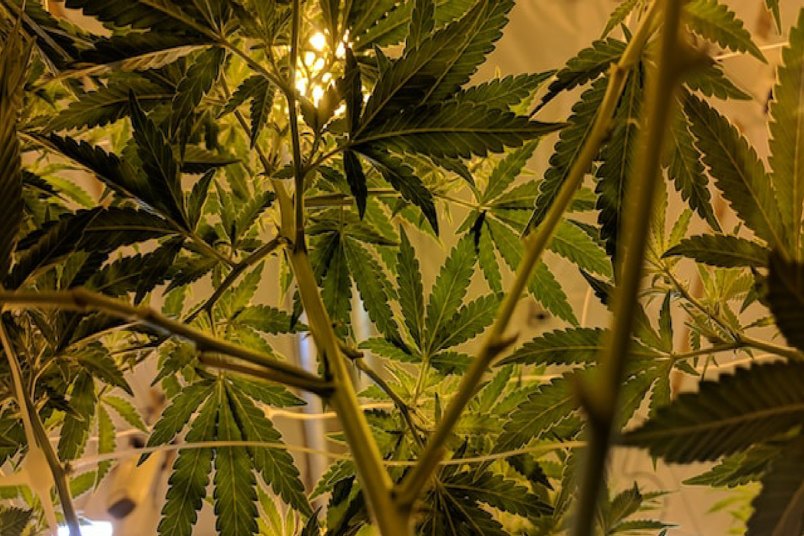Thinking About Planting Commercial CBD Hemp? Consider These Facts On Growing Hemp In The US!
This is sponsored content supplied by Real Tested CBD

There wouldn’t be a “CBD boom” without plenty of commercial hemp farmers. Although hemp isn’t a “staple” crop in North America, it has become an increasingly attractive option throughout the agricultural industry. Indeed, some farmers have begun phasing out plants like tobacco in favor of CBD hemp.
While growing CBD hemp certainly has commercial potential, new farmers need to know how to legally go about this process. Since the US didn’t fully legalize hemp till 2018, there are still a lot of questions about its cultivation patterns. Plus, hemp farmers typically require more licenses to operate in the USA. Hopefully, the pointers below will help prospective CBD farmers start their hemp cultivation journey.
Establish Why You Want To Grow Hemp
Before applying to start growing hemp, new farmers must acquaint themselves with this plant’s many uses. Of course, hemp could be used to extract CBD oil, but there are many other potential uses for this crop. In fact, there’s an entire category called “industrial hemp.”
Please understand that “CBD hemp” and “industrial hemp” aren’t the same. If you want to grow resinous CBD hemp buds, you will have to focus on female-only plants that have plenty of space and time to mature. By contrast, industrial hemp is less labor-intensive since the goal is usually the fibrous stalks.
There are many sectors where industrial hemp is in demand, including textiles, biofuel, and paper. Some people even use hemp flowers to create a new form of concrete.
So, before haphazardly planting hemp, please review this plant’s many uses and determine what industry you’d most like to be involved with. Also, please consider the ideal growing patterns for your hemp crop considering your goal.
See If Your Soil Is Suited For CBD Hemp
Hemp is a hardy plant, but it’s not well-suited for every growing environment. New cultivators need to pay careful attention to their soil. Scientists know hemp can draw in toxins like lead and mercury from poor soil. This makes hemp a fantastic “soil detoxifier,” but it’s a nightmare if you’re planning on offering food-grade CBD products.
Always test that the soil you plan to use is free from contaminants if you’re serious about becoming a CBD hemp farmer. You could also consider soilless growing mediums like hydroponic setups if your land’s soil won’t work for hemp flowers.
Contact Your Department of Agriculture
After you’ve established why you want to get into the hemp industry, it’s time to visit your local Department of Agriculture’s website. Although the USDA has signed off on hemp cultivation, every state has unique laws regarding hemp farming. Pay careful attention to the requirements in your state as you review the application documents.
Since most hemp grower’s licenses require a non-refundable fee, it pays to take a few days to carefully scan all of the paperwork associated with this issue. In most cases, you’ll need a clean criminal record, proof of residency in your state, and detailed maps of your farming area to get a hemp cultivation license.
Also, please keep in mind it can take weeks or months for the Department of Agriculture to review your hemp growing license. Please factor in the max time limit for approving hemp growing applications to better predict your cultivation schedule.
Please Never Grow CBD Hemp Without A License!
As a final note: Americans should never cultivate CBD hemp at home. The only people allowed to grow this crop in the USA are those who go through the trouble of obtaining an official hemp license. Even though CBD hemp is federally legal under the 2018 US Farm Bill, there are no protections for growing this crop without a permit in a private residence.
For more specifics on growing CBD hemp at home, please check out our previous Real Tested CBD post.












